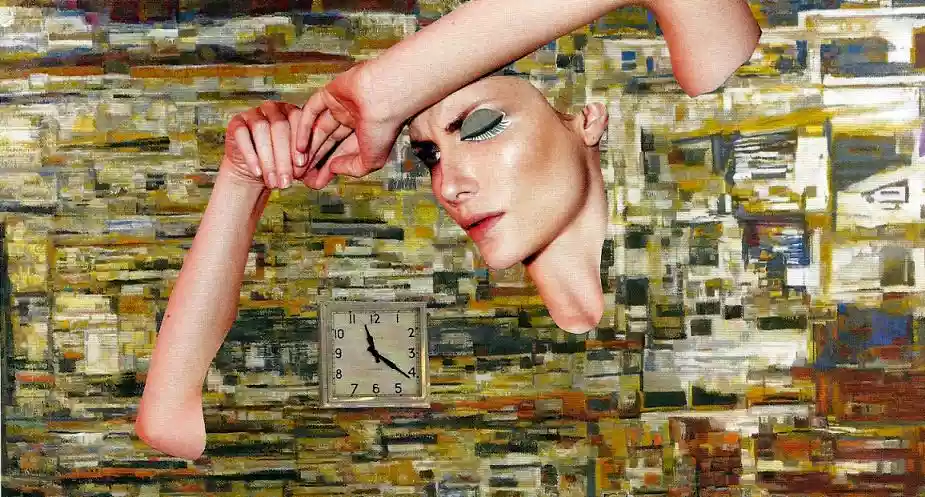Technology and Sleep: How to Use Science to Your Advantage
Technology can both help and harm your sleep. This article explores the best ways to use science and tech for better rest, including useful apps, managing blue light, and sleep tracking devices.
Table of Contents
Helpful vs. Harmful Apps
- Helpful:
- Meditation and relaxation apps (e.g., Calm, Headspace)
- White noise and soundscapes
- Sleep tracking and smart alarm apps
- Harmful:
- Social media and messaging apps (stimulate the brain)
- Games and streaming platforms (prolong screen time)
Tip: Use “night mode” or blue light filters in the evening.
Blue Light and Circadian Rhythms
- Blue light from screens suppresses melatonin, making it harder to fall asleep.
- Exposure to blue light at night disrupts your natural sleep-wake cycle.
- Solutions:
- Limit screen use 1 hour before bed.
- Use blue light blocking glasses or screen filters.
- Expose yourself to natural light during the day to reinforce your circadian rhythm.
Sleep Tracking Devices
- Wearables (smartwatches, fitness bands) and smart rings can monitor sleep stages, heart rate, and movement.
- Smart mattresses and sleep sensors provide detailed sleep data.
- Caution: Don’t obsess over data—use it to spot trends, not to create anxiety.
Conclusion
Technology can be a powerful ally or a major obstacle for sleep. Use it wisely: embrace helpful tools, minimize blue light, and track your sleep mindfully for better rest.
For more tips on sleep and technology, visit insomnio.uk.
